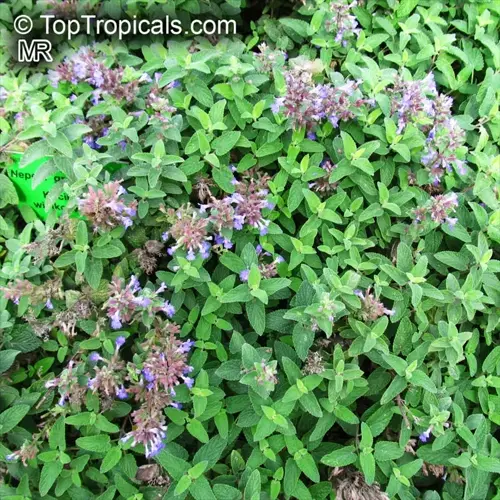Does chamomile regrow annually?

Written by
Tina Carter
Reviewed by
Prof. Charles Hartman, Ph.D.Understanding the regrowth habits of chamomile requires learning about the two types of chamomile - German chamomile is a summer annual (it completes its life cycle in one growing season), while Roman chamomile is a perennial that returns to the earth from the root on an annual basis. Both types naturally reproduce and spread in the environment when the conditions are right.
German chamomile is an annual and, therefore, will die out completely by frost. Start seeds indoors 6-8 weeks before the last frost or direct sow once temperatures are stable. German chamomile is a fast-growing annual that matures with a profusion of flowers in the summer months. Save your seeds from dried flower heads for next year's crop.
The hardy perennial Roman chamomile withstands winter in USDA plant hardiness zones 4 to 9 because of its spreading root system (rhizomes). Apply a thick layer of mulch to shelter the plant from frost before the first hard frost in colder regions of its growing range. Snip back dead stems in early spring when new growth begins to appear. Divide congested plants every two to three years to maintain a healthy ground cover.
German Chamomile Care
- Collect seeds from dried flower heads in late summer
- Store seeds in cool dark place for spring planting
- Rotate planting locations to prevent soil depletion
Roman Chamomile Care
- Apply 3-inch mulch layer before first frost
- Divide roots in early spring when new growth appears
- Control spread with edging barriers in garden beds
Self-Seeding Management
- Allow some flowers to mature fully for natural reseeding
- Thin seedlings to 8-inch spacing for optimal growth
- Protect seedling areas from foot traffic and weeds
Frost Protection
- Cover German plants with cloth when frost threatens
- Move container plants indoors before freezing temperatures
- Water soil deeply before expected frost to insulate roots
Self-seeding occurs when flowers mature and naturally drop their seeds. Both types of chamomile spread like that in the right weather, and German varieties usually return in unexpected places in the garden the next spring. Roman varieties use roots and seedling growth for consistent spread.
Frost protection is crucial for the German chamomile to survive. Use frost cloths to cover plants affected by unexpected low temperatures. Those grown in containers should be moved indoors each night before a freeze. Water the soil thoroughly before a cold snap, as moist soil retains heat better.
Successful cultivation of chamomile is all about understanding these regrowth mechanisms - match the variety selection with your climate and gardening purpose. Annual German types give you a lot more flowers that you could harvest. Perennial Roman varieties provide good ground cover with minimal effort for many years of growth.
Read the full article: How to Grow Chamomile: A Complete Guide

